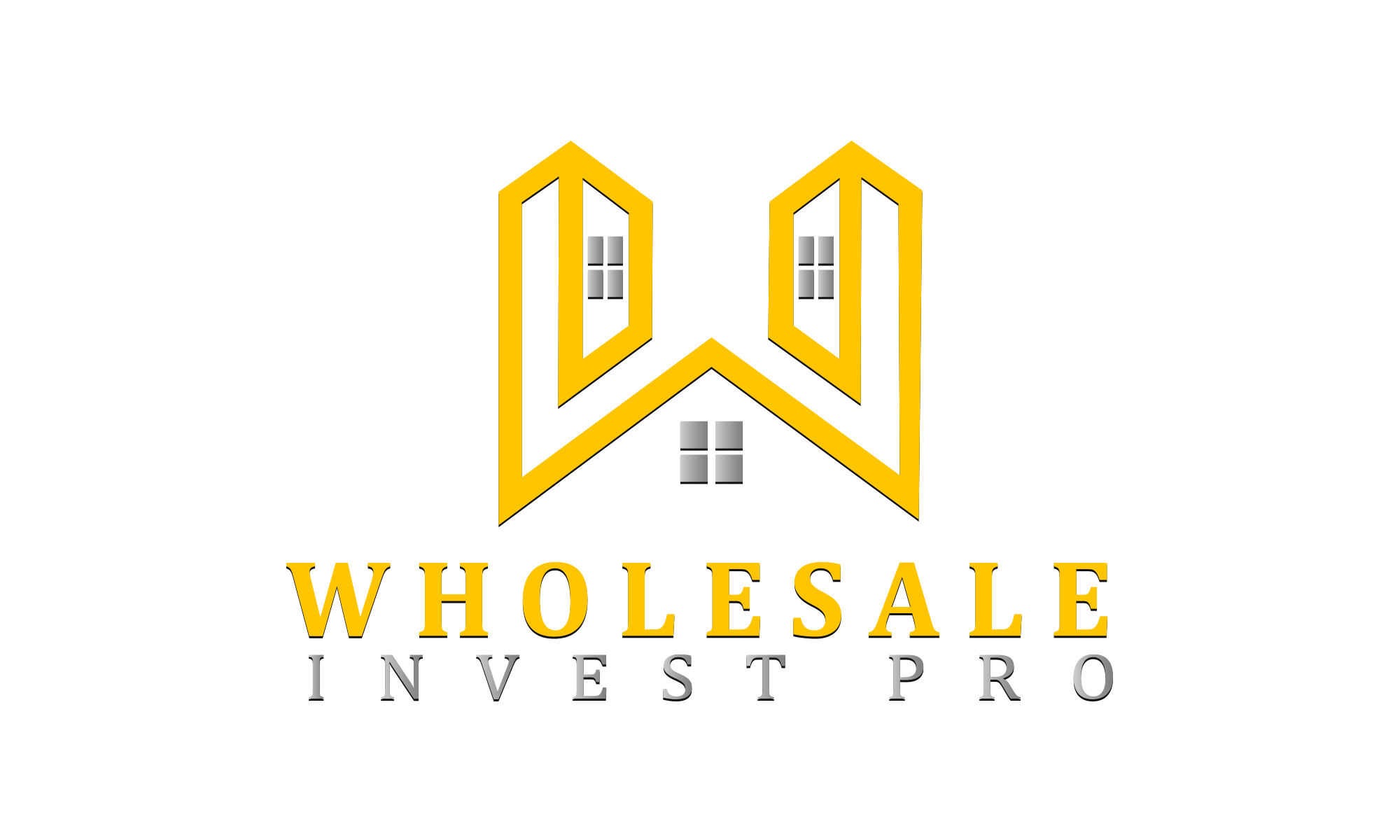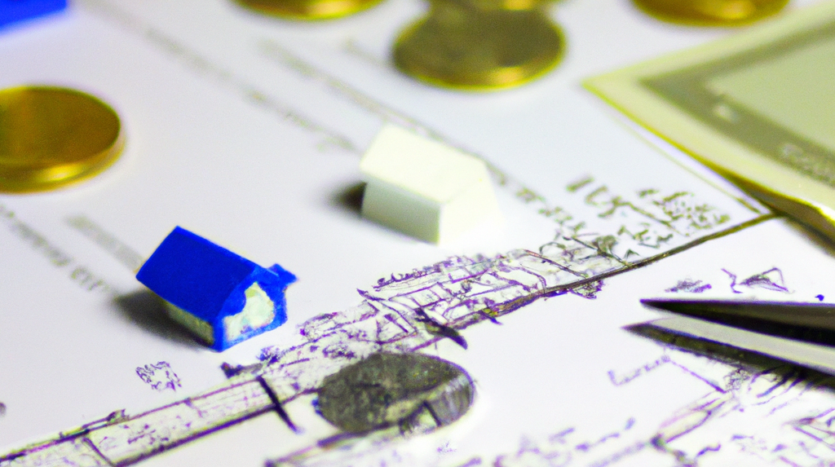How to Use Hard Money in Real Estate Investing
Real estate investing can be a lucrative way to build wealth and achieve financial independence. However, one of the biggest challenges investors face is finding the funds to purchase properties. Traditional lenders, such as banks and credit unions, have strict requirements and long approval processes, making it difficult for investors to move quickly and seize opportunities. One solution to this challenge is using hard money to purchase real estate. In this article, we will discuss what hard money is, how it works, and provide an example to help illustrate the process.
What is Hard Money?
Hard money is a type of loan that is typically used for short-term real estate investments. It is provided by private lenders, such as individuals or companies, and is secured by the property being purchased. Unlike traditional lenders, hard money lenders are less concerned with the borrower’s credit score and financial history and more focused on the property’s value and potential for profitability.
How Does Hard Money Work?
Hard money loans are typically easier to obtain than traditional loans, with faster approval times and less paperwork. However, they also come with higher interest rates and fees, as well as shorter repayment periods. Hard money loans are usually structured as interest-only loans, with a balloon payment due at the end of the term. This means that the borrower pays only the interest on the loan during the term, and then must pay back the entire principal amount when the loan comes due.
The amount of the loan is based on the property’s value and potential for profitability. Hard money lenders typically lend up to 70% of the property’s value, with the borrower providing the remaining 30% as a down payment. The lender will also assess the property’s potential for profit, including factors such as location, condition, and potential for future appreciation.
Example:
To illustrate how hard money works, let’s consider an example. Sarah is a real estate investor who has identified a property for sale for $200,000. The property needs $50,000 in repairs to make it habitable and marketable, and Sarah estimates that it will be worth $350,000 after the repairs are complete. Sarah does not have the $250,000 needed to purchase the property and make the repairs, so she decides to apply for a hard money loan.
Sarah finds a hard money lender who agrees to lend her 70% of the property’s value, or $245,000. Sarah uses this money to purchase the property and make the necessary repairs. After the repairs are complete, Sarah puts the property on the market and sells it for $350,000. She pays back the hard money loan, which includes the principal amount of $245,000 plus interest and fees, and is left with a profit of $55,000.
Conclusion:
Hard money can be a useful tool for real estate investors who need to move quickly and seize opportunities. However, it’s important to understand the risks and costs associated with hard money loans, including higher interest rates and fees, shorter repayment periods, and the potential for losing the property if the loan is not repaid. Investors should carefully assess the potential for profit and have a solid plan for repaying the loan before taking on a hard money loan.







